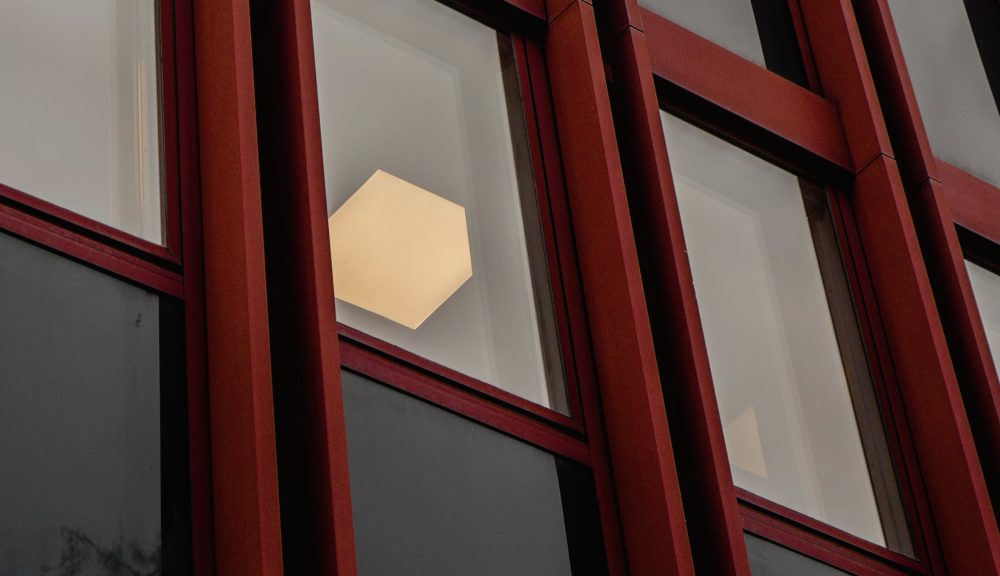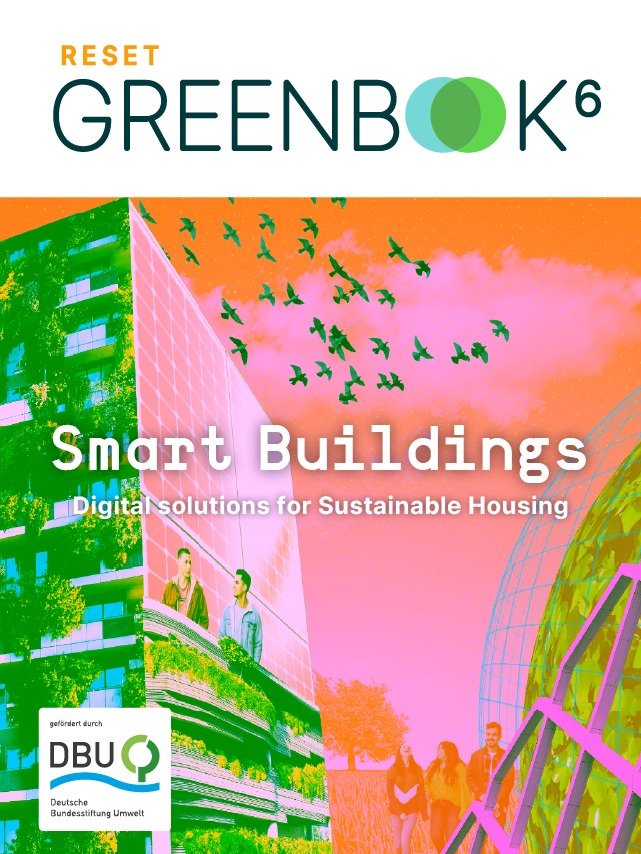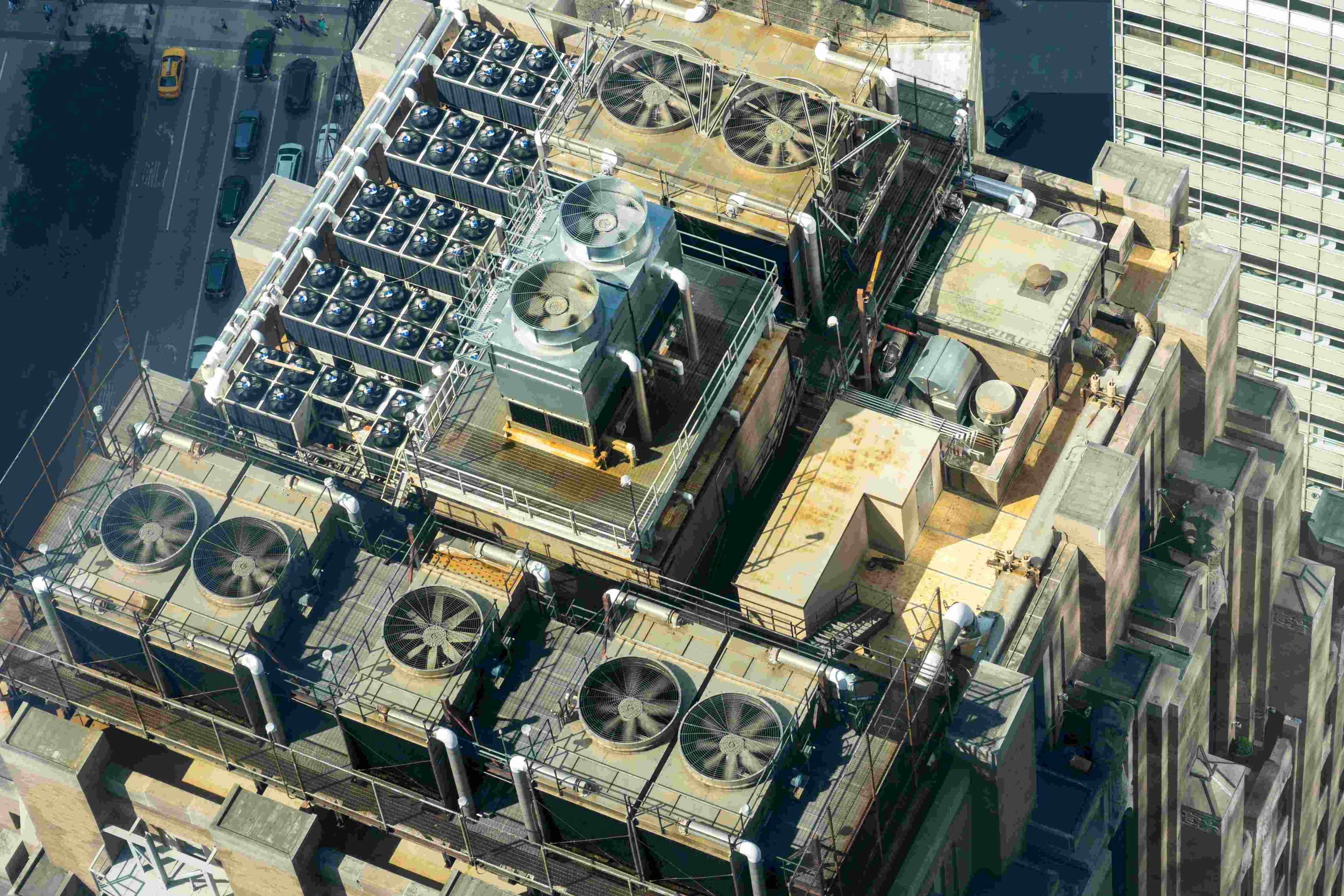Our planet is currently home to roughly two billion air conditioning units, or about one AC for every four people. As temperatures, incomes and the global population rise, the number of ACs is expected to nearly triple by 2050. And how will a world with 5.6 billion ACs look? Not great. Currently, air conditioning is responsible for about 4 percent of greenhouse gas emissions.
One thing is clear — people will continue to need to cool their homes. Less clear is how to achieve this without further exacerbating the problem. Finding sustainable and energy-efficient cooling solutions is paramount for a future where comfort doesn’t come at the cost of environmental well-being.
Smarter windows, cooler homes
One way to address the challenge is through the widespread adoption of smart windows. These technologically advanced windows are designed to adapt to changing external conditions, reducing the need for excessive air conditioning. Their form can vary, from thermochromic windows that automatically tint in response to sunlight to electrochromic windows that allow users to control the level of tint electronically. Some smart windows even incorporate sensors to detect sunlight intensity and adjust transparency accordingly. While smart windows are popular in boats, cars and aeroplanes, they’ve yet to attract mainstream attention from building developers.
Buildings are a CO2 heavyweight: the construction, heating, cooling and disposal of our homes accounts for around 40 percent of Germany’s CO2 emissions. We will only achieve our climate goals if these emissions are massively reduced.
But how can we achieve the sustainable transformation of buildings and what role do digital solutions play in this? The RESET Greenbook provides answers: Building transformation – intelligently transforming houses and neighbourhoods.
The perfect material doesn’t exist — yet
The core challenge lies in the development of an optimal material for smart window coatings. To date, no such material exists. Hydrogel polymers, for example, excel in heat deflection but possess an overly opaque tint, compromising transparency. Conversely, options like VO2 maintain see-through clarity but trade off some energy efficiency due to their inferior heat reflection capabilities.
Recent advancements in the field, however, are promising. Through the synergy of quantum computing and artificial intelligence, researchers from the University of Notre Dame and Kyung Hee University have developed an innovative transparent coating that actively redirects window-generated heat. The coating has been shown to decrease indoor temperatures without relying on electricity and without impairing one’s view through the window. In dry, hot cities, windows with the coating are estimated to be up to one-third more energy efficient than those without. As visible light enters and keeps heat-producing light out, thermal energy is emitted into outer space. This has the added benefit of passively cooling objects and surfaces without requiring an active energy input, such as AC units.
Instant testing thanks to quantum computing and AI
The researchers’ coating consists of numerous meticulously arranged ultra-thin material layers. Employing a computational model allowed for a rapid evaluation of potential layer configurations to pinpoint the optimal material combination and sequence.
“I think the quantum computing strategy is as important as the material itself,” said Tengfei Luo, Dorini Family Professor of Energy Studies at the University of Notre Dame. “Using this approach, we were able to find the best-in-class material, design a radiative cooler and experimentally prove its cooling effect.”
Informed by these findings, the researchers layered silica, alumina and titanium oxide atop a glass foundation. They then capped it with the polymer utilised in contact lenses. The result was a 1.2-micron thick coating that outperformed all existing heat-reducing glass coatings.
Cost remains a pane
The goal now is to transition from the lab to practical implementation. The main challenge is affordability — the coating’s complex materials and manufacturing processes yield high production costs. Should cheaper production be possible, innovations in window coating could contribute to cooling buildings and vehicles while reducing the dependence on energy-intensive air conditioning. Other advancements like wind catchers, sustainable ACs, and the world’s whitest white paint are all part of a holistic solution. We’re already using circular methods like waste heat to warm our buildings. It’s time we explore similar efficiencies in the way we cool them.










